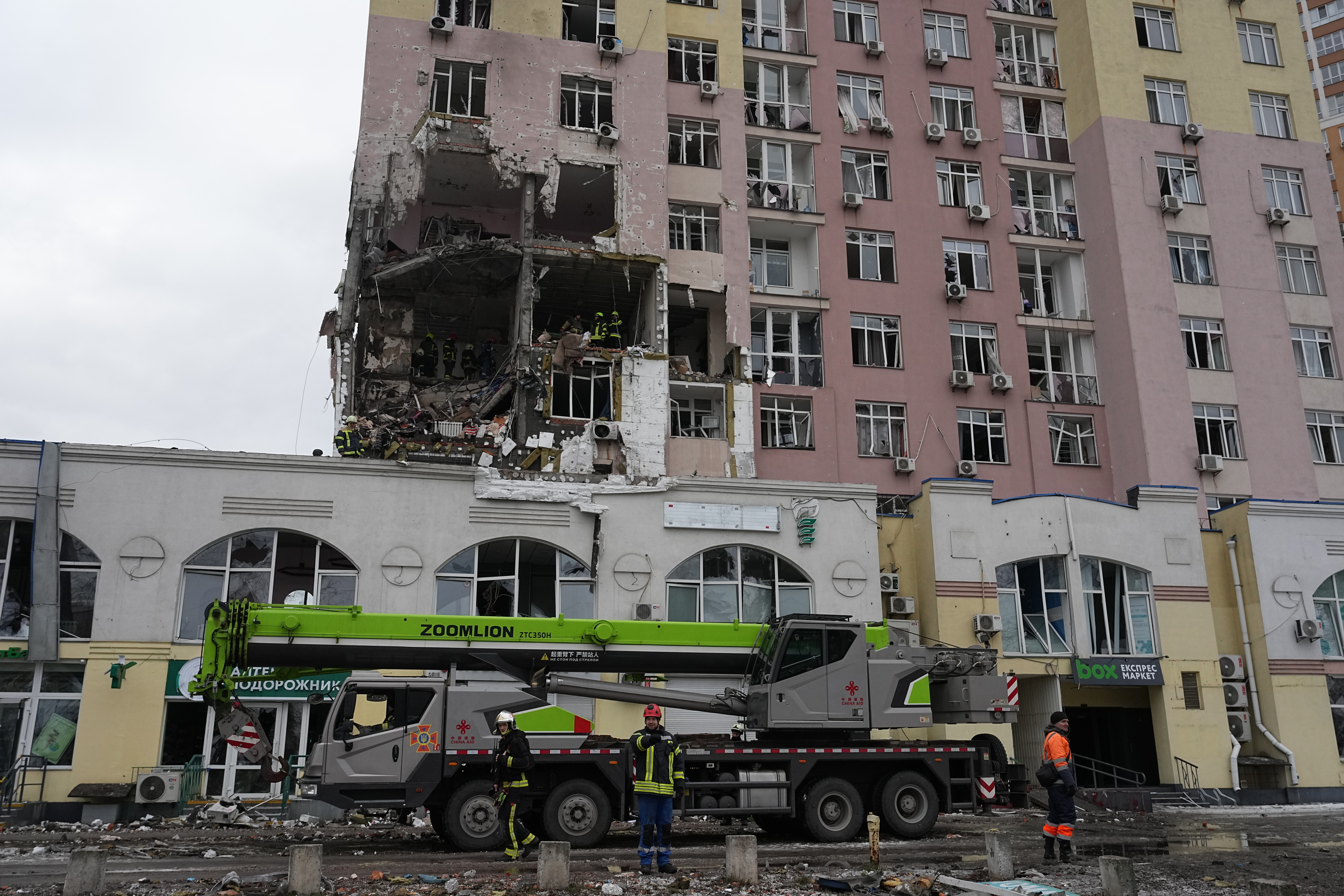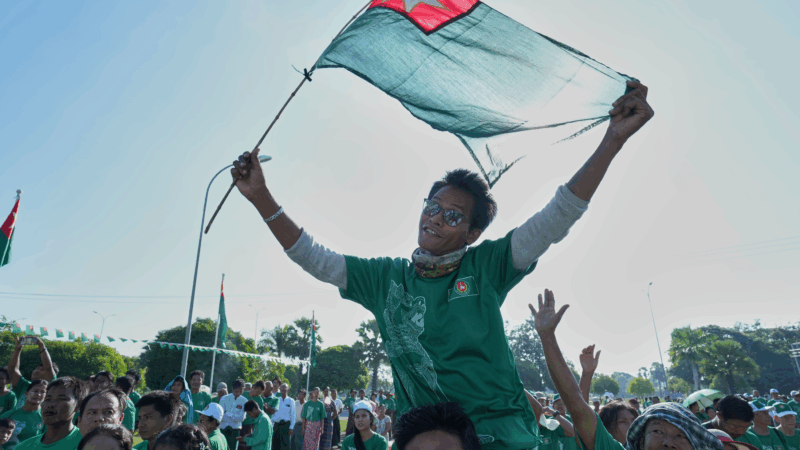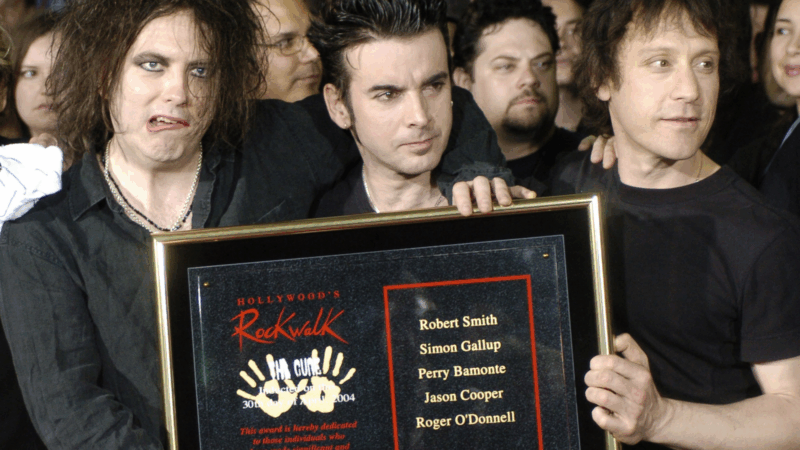Argentina: The queen of bailanta

This is part of a special series, Cumbia Across Latin America, a visual report across six countries covering the people, places and cultures that keep this music genre alive.
Luciano Rombolá, host of the radio and digital program Cumbia de la Pura, calls Argentine cumbia “the tropical music of the end of the world.” He also says that the history of this cumbia phenomenon cannot be analyzed without considering migration. Around the 1950s, the University of Buenos Aires welcomed foreign migrants, who could study for free. This attracted many music students, one of them Costa Rican Mario Castellón, who formed a group with two Colombians, a Peruvian and a Chilean to entertain at a wedding. Thus, Los Wawancó was born — one of Argentina’s most iconic and foundational cumbia bands.



Over the years, other influences have come to Argentine cumbia, including — but not limited to — chicha and huayno tropical from Bolivia, cachaca from Paraguay, cumbia chicheras, chacaloneras and norteñas from Peru and, of course, Colombian cumbia.




During the military dictatorship that ruled Argentina from 1976 until 1983, many people migrated to the capital in search of better opportunities. This is how the Greater Buenos Aires area was populated, a kind of buffer zone between Buenos Aires and the rest of Argentina where migrants from other regions and countries found affordable housing. With the return of democracy in the ’80s, dance clubs opened where communities and their musical groups had their own space. Many of these venues are called “bailantas,” originally a pejorative term because these dance halls were historically associated with working-class and marginalized communities of lower social status. However, the term has since been reappropriated by cumbia communities. Cumbia has also been called “black” music because it has historically been consumed by the working class and migrants.





As Argentina’s demographics evolved, so has its cumbia, becoming a reflection of the diverse voices and experiences that shape the nation today. While Adrián Chauque and Los Dados Negros liven up parties for Bolivians and migrants from northern Argentina at a suburban dance hall, Rocío Quiroz sings her cumbia villera on Pasión de Sábado, and Cachitas Now!, a dissident band, sings to a university-aged queer audience in La Plata. Chauque sings the cumbias of old, those of love and heartbreak. Quiroz does too, but with a more street-oriented tone, and Cachitas Now!, tired of the misogynistic lyrics of many cumbias, decided to put their stamp on it and make the rhythm their own. Melissa Lobos, Cachitas Now!’s vocalist, says that cumbia “belongs to everyone! We shouldn’t be oblivious to the context we’re in; we can’t have such rigid ideas — cumbia is this and not that. For me, a good cumbia is one that makes me dance or one that has a chorus that makes me sing it out loud.”




The one thing almost all Argentinians from all social and cultural backgrounds agree on is Gilda. As a kindergarten teacher, she decided to launch into singing despite not having the voluptuous body of other artists of her time. Gilda touched people’s hearts through her voice, her compositions and the stories told by her fans, who attributed miracles to her. At that time, in the 1990s, she was already speaking about gender perspective, following your dreams and flying high. Like many of her cumbia colleagues who have died on the road while rushing from one event to another, Gilda died in a traffic accident and became the saint of the dance. Gilda is a symbol of freedom, and her songs continue to be performed throughout the continent.
This coverage was made with the support of the National Geographic Society Explorer program.
Karla Gachet is a photojournalist based in Los Angeles. You can see more of Karla’s work on her website, KarlaGachet.com, or on Instagram at @kchete77.
Kennedy Center vows to sue musician who canceled performance over Trump name change
The Kennedy Center is planning legal action after jazz musician Chuck Redd canceled an annual holiday concert. Redd pulled out after President Trump's name appeared on the building.
Our top global photo stories from 2025: Fearless women, solo polar bear, healing soups
These stunning photos include a polar bear in a Chinese zoo, a teen in Zambia facing an uncertain future, Mongolian kids watching TV in a tent, a chef prepping a bowl of good-for-you soup.
ADHD drugs may work indirectly to boost attention
Drugs like Adderall and Ritalin appear to help children with ADHD by activating brain areas involved in alertness and motivation.
Russia attacks Kyiv, killing 1 and wounding many ahead of Ukraine-US talks
Russia attacked Ukraine's capital with missiles and drones early Saturday morning, killing one and wounding over 20 people a day before talks between Ukraine and the U.S., local authorities said.
Myanmar is set to hold phased elections. Here’s why they’re being called a ‘sham’
Myanmar's military rulers are holding a general election in phases starting Dec. 28 amid the country's civil war. The head of the U.N. says the vote will be anything but free and fair.
Perry Bamonte, guitarist and keyboardist for The Cure, dies at 65
Perry Archangelo Bamonte, longtime guitarist and keyboardist for the influential goth band The Cure, has died. He was 65. The band announced his death on their official website on Friday.






